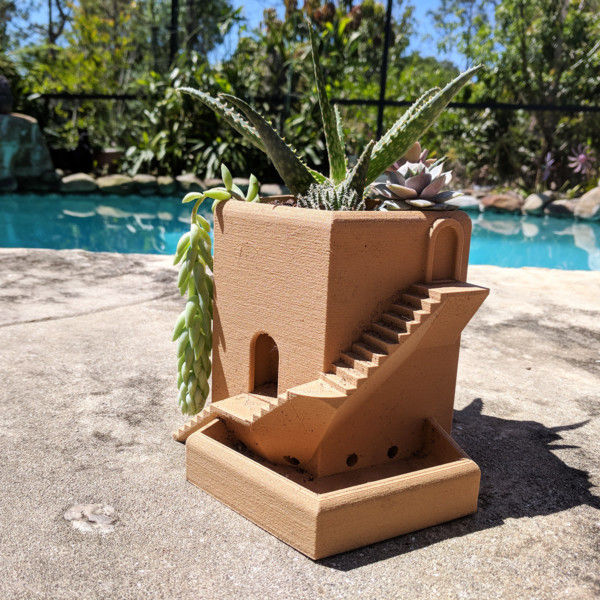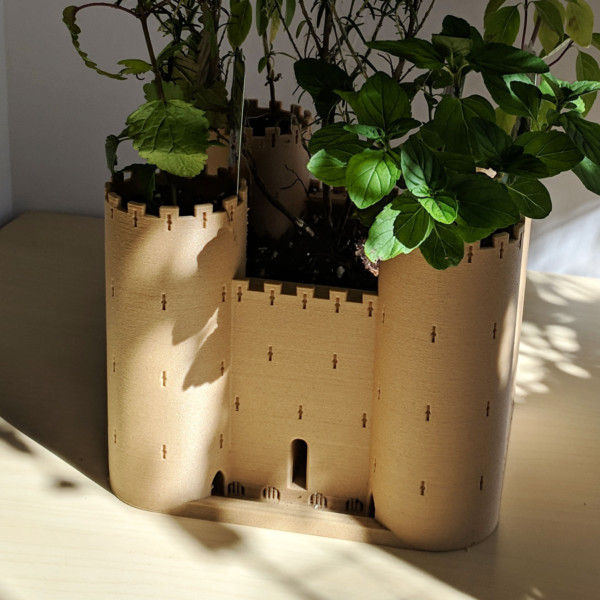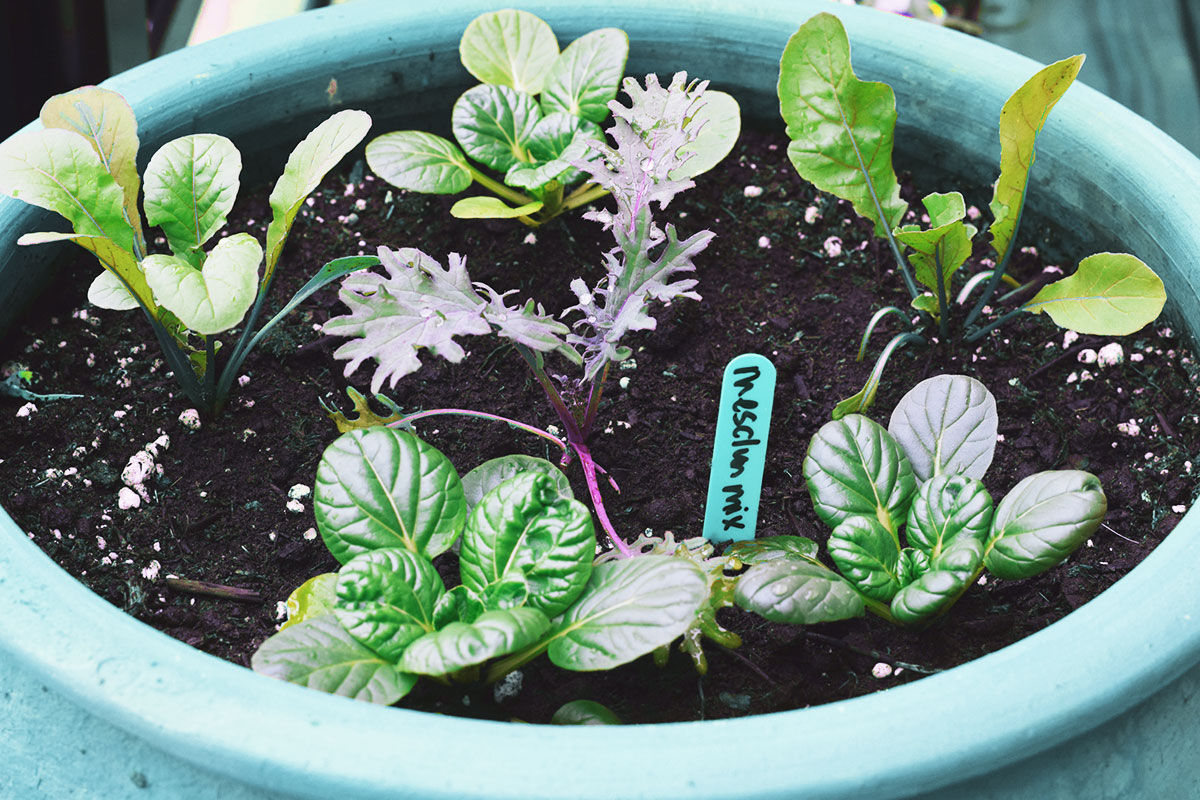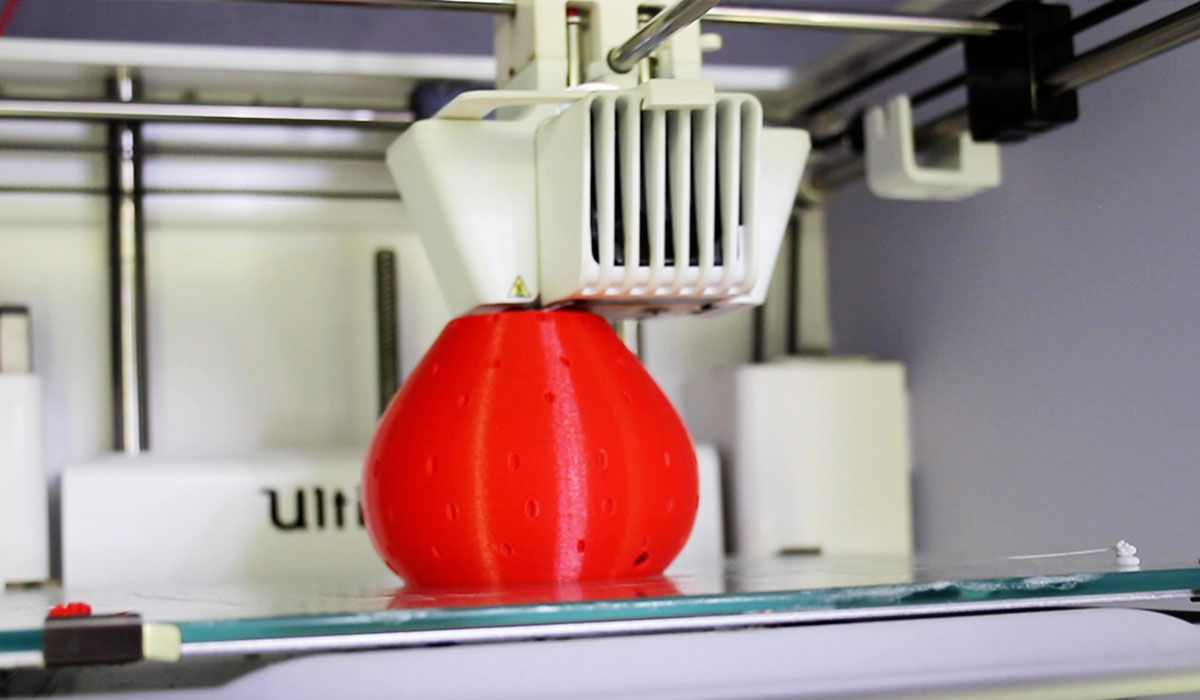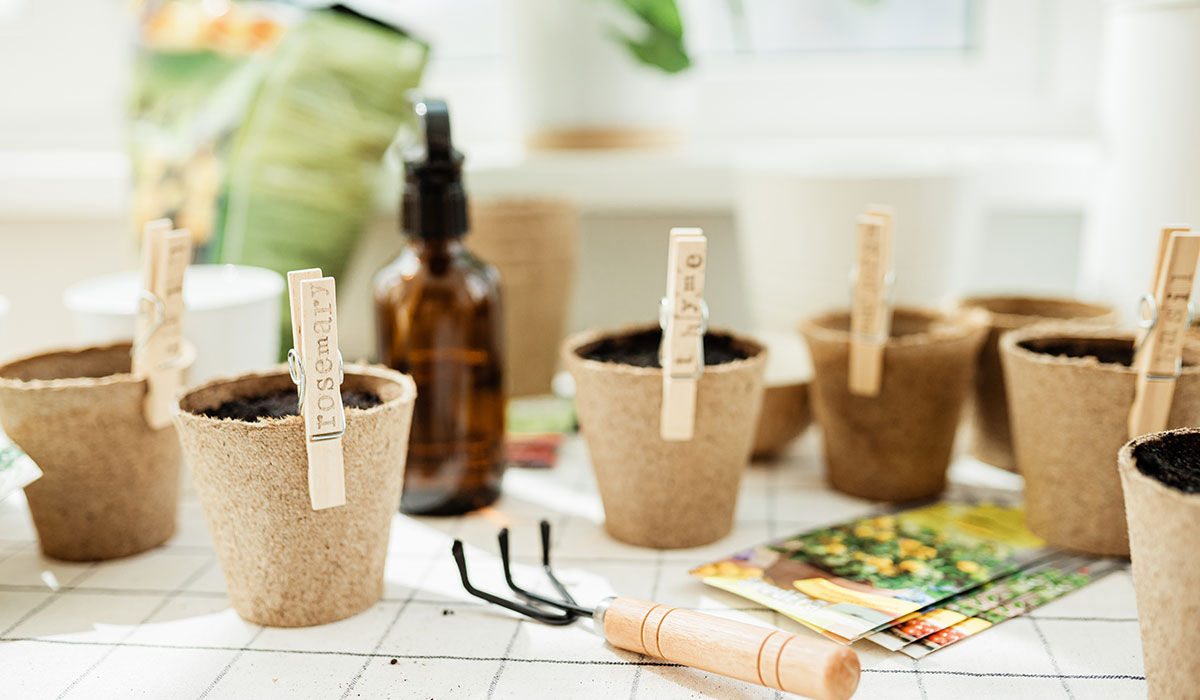About 1/3 of American households grow at least some food at home, according to survey data. The reasons for this are many. For some people, growing food is a way to save money. For other people, growing food is a way to ensure having fresh, unprocessed produce available. Other people grow food to help the environment, while others do so simply because they find it relaxing. For people who want to bring the gardening inside, whether because of space concerns or simply because they love the look/smell, an indoor herb garden is the way to go. Herbs are generally small and hearty, making them perfect for any space and any gardener. Follow these few simple tips below, and you can be growing herbs indoors in very little time.
Pick Your Favorite Herbs for Your Indoor Herb Garden
Many people ask, “What are the best herbs to grow indoors?” For the most part, there aren’t really herbs that are better or worse than others. Instead, most people choose the herbs that they know they will actually use in their cooking. (Kitchen herb gardens are especially popular for this very reason.) Additionally, some people choose herbs based on the fragrance they will bring to the space. One final consideration for home gardeners is the kind of conditions the herbs will need. For example, if you plan to create a windowsill herb garden in a sunny south-facing window, you need herbs that love direct sun. (More on that below.)
Some of the most popular additions to an indoor herb garden are basil, thyme, oregano, chives, parsley, lemongrass, and mint.
Once you have your herbs in mind, you can either choose to buy seeds, to buy a plant, or to transplant from an existing garden. Any of these methods work well to start your home herb garden.
Pick the Right Pots for your Indoor Herb Garden
Once you know what you are going to grow, you need the proper vessel. The right indoor herb planter will help your plants thrive. Home gardeners need to keep two key factors in mind when choosing a pot: drainage and size.
Water needs to be able to drain out of the bottom of your herb planter so that the plants are not sitting in standing water (this makes them sad). So a few small drainage holes are helpful. Many people prefer to place small pebbles near the drainage holes before adding in soil. This stops the water from draining out too quickly and drying out the soil (which also makes herbs sad). Also, most people place their pot onto some sort of saucer or tray so that water doesn’t drain all over your floor (cleaning hack!)
The size of the planter is also important. If the pot is too large, it is hard to keep the soil evenly watered. If the pot is too small, the herbs will not reach their full potential. For example, basil has long roots and likes a deeper pot. Otherwise, their growth gets stunted. One surefire way to know if the pot is too small is if the roots begin to poke out of the drainage holes. If this happens, switch the herb to a bigger pot right away.
Of course, an indoor herb garden is intended to be fun, so design is important too. While traditional pots have their place, the unique and colorful designs of 3D planters can really enliven a room. 3D pots can be printed in all sorts of unique shapes, from animals to castles to Marvel figures. Plus, 3D planters are made from eco-friendly plant-based plastic. (Just don’t tell the herbs that the 3D pot they reside in could be made from a cousin!)
Location, Location, Location
As we mentioned above, all plants are not created equal when it comes to the conditions they like. Most herbs love direct sun, preferring 6-8 hours a day (which actually enhances their flavor). However, other herbs do fine with less sunlight or even prefer at least partial shade (like parsley, mint, and chive).
Temperature is another factor to consider. Most herbs prefer temperatures between 65-75° F. Most homes stay within that range the majority of the time. However, if you have a room that gets particularly cold or warm, it is not the best choice for your home herb garden.
How do you know what conditions your indoor herbs prefer? The seed packet will inform you, as will a tag from a nursery. Otherwise, a quick Internet search should tell you what you need to know.
And if you do not have the ideal conditions for your indoor herb garden, don’t fret. Without breaking the bank, you can purchase items to help make the environment a little more conducive to these little aromatic plants. For example, grow lights can add more light to your space. If the location is too cold, a small heating pad can lead to better germination.
One final consideration about location involves placing your herbs near windows. Many people find a lot of success placing their indoor herb garden near windows because of the amount of light the plants receive. However, you do have to be careful as well. Sometimes the leaves touch the glass of the window. In the summer, the sun/heat can burn an herb’s tender leaves. In the cooler months, the cold glass can cause freezing or wilting.
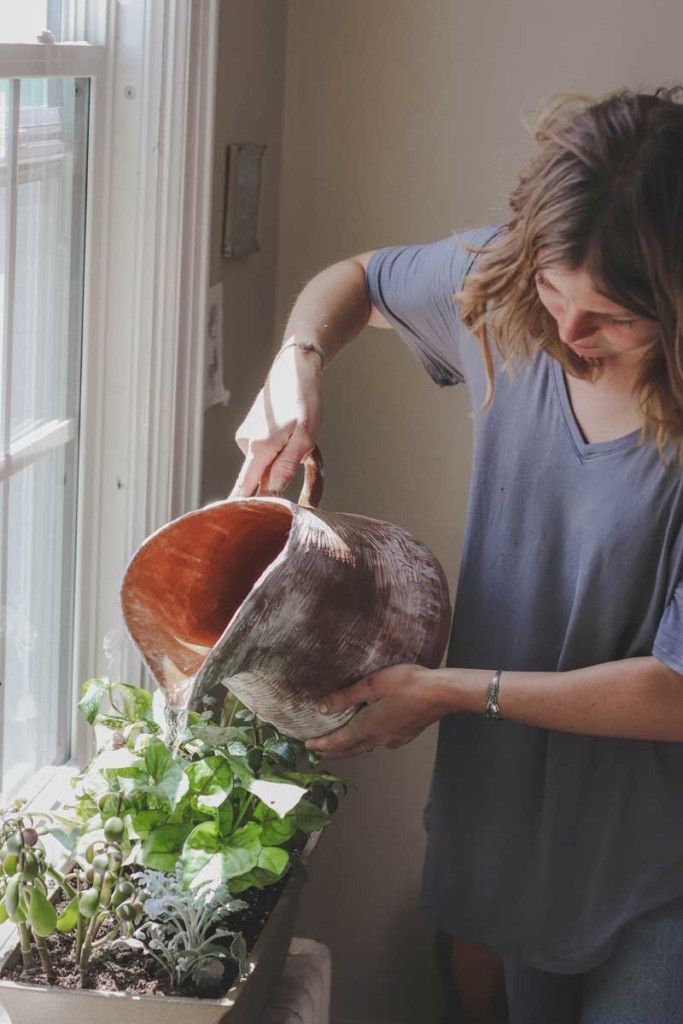
Giving Your New Friends the TLC They Need
Really, once you have the right-sized pots, you have planted your herbs, and you have set your planters up in ideal locations, you have done the majority of the work. Some people add a little fertilizer to the pot about once a week, but herbs typically grow fine without any. Besides most good potting soil already contains enough nutrients.
Really, the biggest area of need after you have finished planting is just to make sure you give your herbs the right amount of water. Usually herbs need watering 2-3 times per week. The rule of green thumb is that you put your finger into the soil. If it is dry all the way down to your second knuckle, add water. Though this may feel like the plant isn’t getting enough water, there will be plenty of moisture down below, and this forces the herbs to develop a strong root system by going toward the bottom. If you are concerned that you will use too much or too little water, you can always use a soil moisture meter to help. You can also incorporate elements like perlite to make your soil more well-draining.
One final tip about watering is to make sure you do so slowly. This helps the soil absorb the moisture it needs as opposed to just running out the drainage holes. Many people prefer to mist their indoor herb garden, which helps avoid overwatering or watering too quickly.
Overall, an indoor herb garden is a good way to begin your foray into growing food at home. Herbs are relatively easy to maintain, and it sure is nice to have them on hand for instant flavor boosts. Follow these herb garden ideas above, and soon people will be calling you all the thyme, asking for your sage advice.

